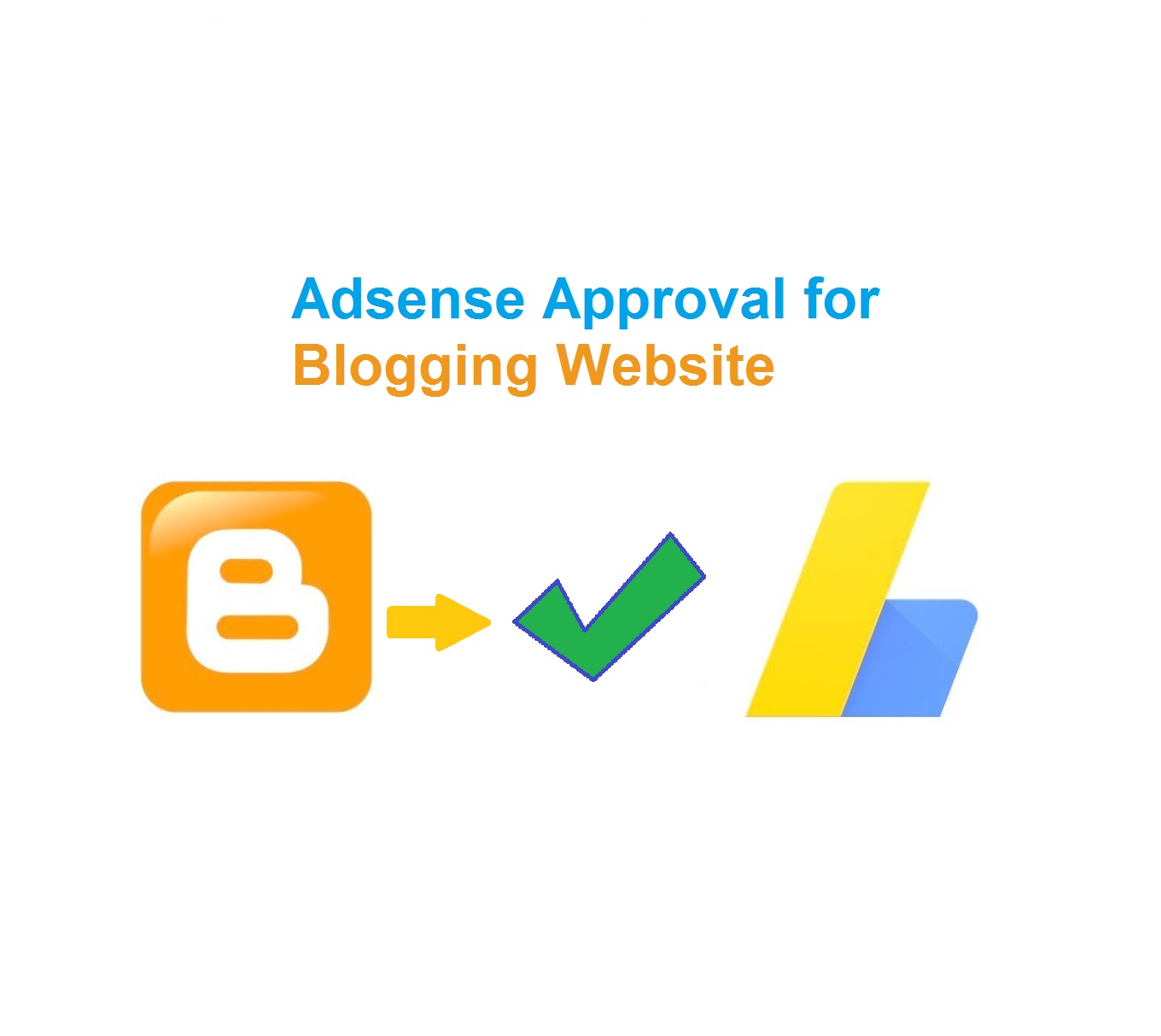Blogging has become one of the most popular ways to share your thoughts, ideas, and expertise with the world. Creating a blog website can be a great way to establish yourself as an authority in your niche, attract a loyal following, and even monetize your content. In this article, we’ll walk you through the steps of how to create a blog website from scratch.
I) Choose a blogging platform
Choosing a blogging platform can be an important decision for anyone who wants to start a blog. There are many different blogging platforms to choose from, each with its own set of advantages and disadvantages. Here are some factors to consider when choosing a blogging platform:
- Ease of Use: A good blogging platform should be user-friendly, with an intuitive interface that makes it easy to create and publish blog posts, manage comments, and customize the design of your blog.
- Customization: Look for a blogging platform that allows you to customize the look and feel of your blog, so you can create a unique and personalized online presence. This could include customizing your theme, adding widgets, or editing the CSS and HTML of your site.
- Features: Consider what features you need in a blogging platform. Do you want built-in social sharing buttons? A powerful commenting system? The ability to sell products or services directly from your blog? Make a list of the features you need and compare platforms based on those criteria.
- SEO: Search engine optimization (SEO) is an important consideration for any blogger. Look for a platform that offers good SEO features, such as the ability to customize meta tags and descriptions, optimize your images, and create SEO-friendly URLs.
- Support: Finally, consider the level of support available from the blogging platform you choose. Is there a knowledge base or forum where you can get help with technical issues? Is there a customer support team you can contact if you have questions or problems?
Some popular blogging platforms include WordPress, Blogger, Medium, Squarespace, Wix, and Ghost. Each platform has its own strengths and weaknesses, so it’s important to do your research and choose the one that best meets your needs and preferences.
II) Choose a domain name and hosting for Blog
Once you have chosen a blogging platform, the next step is to choose a domain name and hosting for your blog. Here are some factors to consider when making these decisions:
- Domain Name: Your domain name is the web address that people will use to find your blog online. It should be short, memorable, and easy to spell. It should also reflect the content of your blog and be related to your brand or niche. You can purchase a domain name from a domain registrar like Namecheap, GoDaddy, or Google Domains.
- Hosting: Web hosting is the service that allows your blog to be accessible on the internet. It’s important to choose a hosting provider that offers reliable service, fast load times, and good customer support. Look for a provider that offers features such as automatic backups, security measures, and a user-friendly control panel. Some popular hosting providers for blogs include Bluehost, SiteGround, and DreamHost.
- Pricing: Consider the pricing plans offered by domain registrars and hosting providers. Compare the cost of the plans with the features they offer, and choose the one that offers the best value for your budget.
- Compatibility: Make sure your chosen domain registrar and hosting provider are compatible with your chosen blogging platform. Some platforms have specific requirements for hosting, so check the platform’s documentation or support resources to ensure compatibility.
- Support: Finally, consider the level of support available from your domain registrar and hosting provider. Look for providers that offer responsive customer support, online documentation, and community forums where you can get help with technical issues or other problems.
Choosing a domain name and hosting provider for your blog can be a critical decision, so it’s important to do your research and choose wisely. By considering these factors, you can make an informed decision that will help ensure the success of your blog.
III) Customize your website
Customizing your website is an important step to creating a unique and memorable blog that stands out from the competition. Here are some tips for customizing your website for your blog:
- Choose a theme: Most blogging platforms offer a variety of themes that you can use to customize the appearance of your website. Choose a theme that reflects your brand, personality, and niche. Look for a theme that is visually appealing, easy to navigate, and optimized for mobile devices.
- Customize your header: The header is the top section of your website, and it’s often the first thing visitors see. Customize your header by adding a logo, tagline, or header image that reflects your brand and the content of your blog.
- Create a navigation menu: A navigation menu helps visitors find the content they’re looking for on your website. Create a menu that’s easy to use and navigate. Consider organizing your menu by categories, pages, or tags.
- Add widgets and plugins: Widgets and plugins can add additional functionality to your website. Consider adding widgets such as social media links, search bars, or email newsletter sign-up forms. Plugins can add features like contact forms, spam protection, or SEO optimization.
- Customize your color scheme: Your website’s color scheme can have a big impact on how visitors perceive your brand and content. Choose colors that complement your theme and reflect the tone of your blog. Avoid using too many colors, and make sure the text is easy to read against the background.
- Create unique content: Finally, the content you create is the most important part of your blog. Customize your content to reflect your unique voice, style, and perspective. Use images, videos, and other multimedia to enhance your content and make it more engaging.
Customizing your website can take time and effort, but it’s worth it to create a blog that’s truly your own. By following these tips, you can create a website that reflects your brand, engages your audience, and helps you achieve your blogging goals.
IV) Creating content for Blog
Creating content for your blog is one of the most important tasks you will undertake as a blogger. Your content is what will attract visitors to your blog, keep them engaged, and establish you as an authority in your niche. Here are some tips for creating effective content for your blog:
- Choose your topic: Start by choosing a topic that is relevant to your niche and interests. Consider what questions your audience might have or what problems they need help solving. Use keyword research tools to identify popular topics and search terms related to your niche.
- Write a compelling headline: Your headline is the first thing visitors will see, so it’s important to make it attention-grabbing and compelling. Use powerful words, numbers, and curiosity to make visitors want to read more.
- Write in a clear, concise style: Keep your writing style clear and concise, with short sentences and paragraphs. Use headings, bullet points, and images to break up long blocks of text and make your content easier to read.
- Use visuals: Visuals like images, videos, and infographics can make your content more engaging and memorable. Use high-quality visuals that are relevant to your content and help illustrate your points.
- Optimize for search engines: Use search engine optimization (SEO) techniques to improve your content’s visibility in search results. Use keywords in your headings, meta descriptions, and throughout your content. Use internal and external links to provide context and additional information.
- Add a call to action: End your blog post with a call to action that encourages readers to take action, such as signing up for your newsletter, leaving a comment, or sharing your post on social media.
- Proofread and edit: Finally, proofread and edit your content carefully to ensure it is error-free and easy to read. Use grammar and spell-checking tools to catch any mistakes, and read your content out loud to check for flow and readability.
Creating effective content for your blog takes time and effort, but by following these tips, you can create content that engages your audience, establishes you as an authority in your niche, and drives traffic to your blog.
V) Optimize your website for search engines for Blog
Search engine optimization (SEO) is the process of improving your website’s visibility in search engine results pages (SERPs) through various on-page and off-page optimization techniques. Optimizing your blog for search engines can help you attract more organic traffic and grow your audience. Here are some tips for optimizing your website for search engines:
- Conduct keyword research: Use keyword research tools to identify relevant, high-traffic keywords related to your blog’s niche. Use these keywords throughout your content, including in your blog post titles, headings, and body text.
- Optimize your content: Use on-page optimization techniques to make your content more search-engine friendly. This includes using relevant keywords in your content, optimizing your meta descriptions, and using header tags to structure your content.
- Optimize your images: Optimize your images by using descriptive file names and alt tags that include your target keywords. This can help your images appear in image search results and drive additional traffic to your website.
- Build quality backlinks: Backlinks from other high-quality websites can improve your website’s authority and search engine ranking. Consider guest posting on other websites or participating in online communities related to your blog’s niche to build backlinks.
- Improve your website’s loading speed: Website loading speed is an important ranking factor for search engines. Use a content delivery network (CDN) to speed up your website’s loading time, and optimize your images and code to reduce page load times.
- Use social media: Social media signals can also help improve your search engine ranking. Share your blog posts on social media and encourage your followers to share them as well.
- Monitor your analytics: Use analytics tools to track your website’s traffic and monitor your search engine rankings. Use this data to make improvements and refine your SEO strategy over time.
Optimizing your website for search engines takes time and effort, but it can help you attract more organic traffic and grow your audience. By following these tips, you can improve your website’s visibility in search engine results pages and achieve your blogging goals.
VI) Promote your blog website
The final step in How to create a blog website is promoting your blog website. Promoting your blog website is essential to increasing your audience, building a community, and driving traffic to your site. Here are some tips for promoting your blog:
- Leverage social media: Social media platforms like Facebook, Twitter, LinkedIn, and Instagram can help you reach a wider audience. Share your blog posts on your social media accounts and engage with your followers to build a community.
- Guest posting: Write guest posts for other websites and blogs in your niche. This can help you build backlinks to your site and reach a new audience.
- Use email marketing: Build an email list of subscribers and send them your latest blog posts, updates, and newsletters. Use email marketing tools to automate your email campaigns and track your results.
- Participate in online communities: Join online communities related to your niche and engage with other bloggers and readers. Share your blog posts and participate in discussions to build your reputation and drive traffic to your site.
- Utilize SEO: Optimize your website for search engines to improve your visibility in search results. Use keyword research tools to identify relevant keywords, optimize your content and images, and build quality backlinks to your site.
- Attend events and conferences: Attend events and conferences related to your niche to network with other bloggers and promote your blog. This can help you build relationships and get your blog in front of a wider audience.
- Use paid advertising: Use paid advertising platforms like Google Ads, Facebook Ads, and Twitter Ads to promote your blog and reach a wider audience. Use targeting options to reach your ideal audience and track your results to optimize your campaigns.
Promoting your blog takes time and effort, but by following these tips, you can increase your audience, build a community, and drive traffic to your site. Experiment with different promotion strategies to find what works best for you and your audience.
Conclusion of how to create a blog website:
Creating a blog website can be a rewarding and fulfilling experience. By following these steps, you can create a blog website that reflects your personality and expertise, and attract a loyal following.
To Know about more money-making ideas Click Here
To Know about 8 quick ways to make money online Click Here








